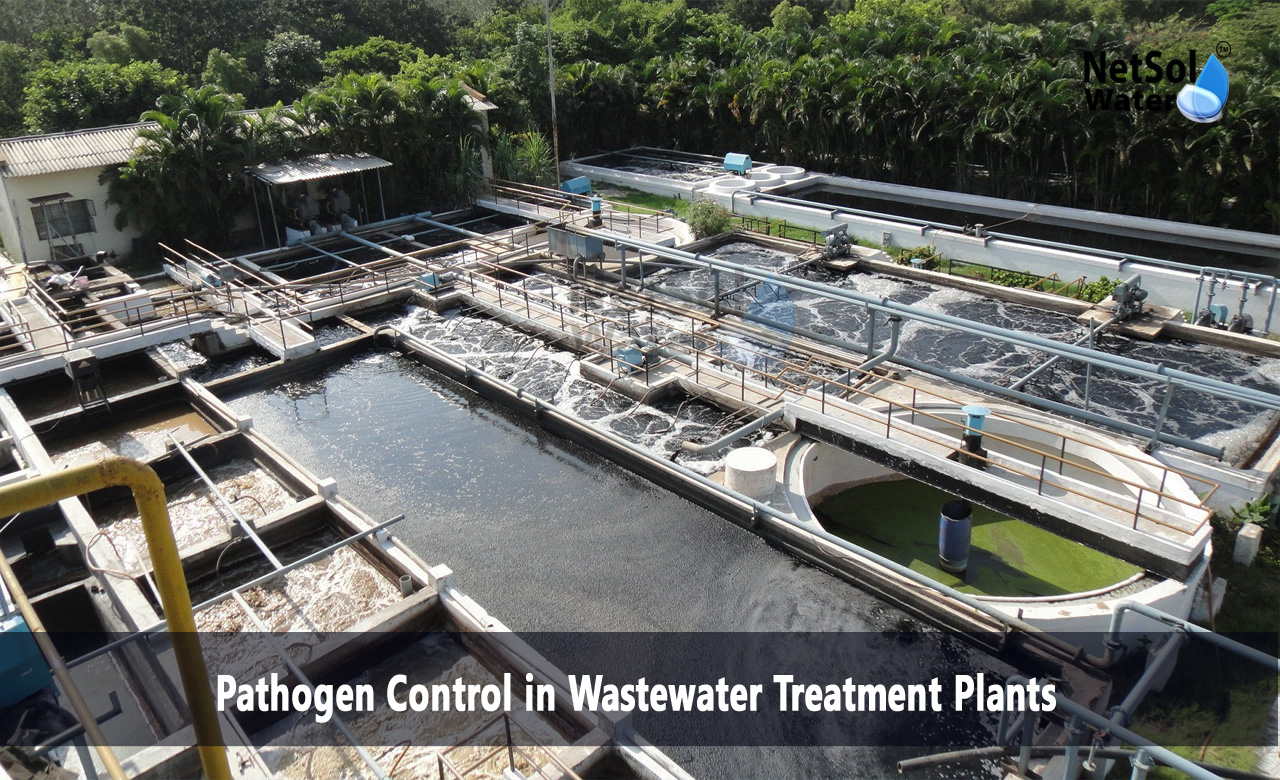How to Control Pathogen in Wastewater Treatment Plants?
Pathogen Control in Wastewater Treatment Plants deals with the actions that keep water safe and people healthy. Wastewater contains many microbes that can cause illness and spread disease. Treatment plants remove solids and reduce harmful agents before water leaves the facility. Good control protects communities and preserves the environment. It also supports reuse of treated water for irrigation and industry. Managers must balance cost with performance and follow rules that protect public health. Operators need clear steps and strong monitoring to keep systems working.
Sources and Risks of Pathogens
Pathogen control begins with knowing where pathogens come from and why they matter. Wastewater receives microbes from homes, hospitals, farms and industry. These microbes include bacteria, viruses and protozoa that cause water-borne disease. Let us have a look on some
Origins of pathogens
Human waste and animal waste deliver most pathogens into sewer systems. Storm runoff and industrial discharges can add microbes and organic matter. Poorly treated effluent may carry pathogens into rivers and lakes.
Health and environmental risks
Pathogens in water cause outbreaks that harm people and animals. They also affect fisheries and ecosystems. Plants that fail to remove pathogens create public health hazards and threaten safe reuse.
Treatment Processes that Remove Pathogens
Operators use physical, chemical and biological steps to reduce pathogens. Each step removes some fraction of microbes and prepares water for the next process. Let us have a look on some
Primary and secondary removal
Settling and filtration remove solids that host microbes. Biological processes such as activated sludge reduce organic matter and some microbes by competition and predation. These stages cut pathogen load significantly before disinfection.
Tertiary barriers
Advanced filters, membranes and other polishing steps further lower microbial counts. These processes help meet strict limits for reuse and sensitive discharge sites. Operators choose barriers based on water quality goals and local rules.
Disinfection Technologies
Disinfection sits at the final step against pathogens. Plants choose methods that match their water quality and budget. Let us have a look on some
Chlorination and alternatives
Chlorine kills many bacteria and viruses and it works across a wide range of conditions. Some plants use chlorine substitutes to avoid byproducts and to handle resistant organisms. Operators dose chemicals to ensure contact time and to control residuals.
Ultraviolet and ozone
Ultraviolet light inactivates microbes without leaving chemicals behind. Ozone oxidises pathogens and reduces odours and colour. Both methods require careful design and maintenance to deliver reliable performance.
Monitoring and Testing
Monitoring informs operators about system performance and indicates when to act. Plants must test for indicator organisms and specific pathogens as needed. Let us have a look on some
Routine sampling
Regular sampling tells operators if steps remove microbes as expected. Tests for indicators such as E coli or enterococci offer quick feedback. Labs must follow standard methods and maintain quality controls.
Advanced surveillance
Molecular tests detect specific viruses and hard to find microbes. These tools help track outbreaks and refine treatment choices. Data from monitoring guide process adjustments and inform public notices when needed.
Operational Practices and Worker Safety
Good operation keeps systems stable and workers safe. Plant staff follow procedures and use protective equipment to reduce exposure. Let us have a look on some
Standard operating practices
Routine maintenance, calibration and prompt repairs maintain treatment efficiency. Clear procedures help staff manage upset conditions and keep pathogen removal on track.
Training and protection
Workers need training on hazards and on safe handling of wastewater. Personal protective equipment and vaccination programs reduce health risks and support a safe workplace.
Conclusion
Effective pathogen control in wastewater treatment plants protects public health and ecosystems. Facilities that use layered treatment, strong monitoring and careful operation reduce risks and support safe reuse. Managers who invest in training and in proven technologies improve outcomes and build community trust. If you want more information or a practical review of your processes contact us to request a consultation. We will help you assess systems and plan upgrades that improve safety and performance.
Contact Netsol Water at:
Phone: +91-9650608473, Email: enquiry@netsolwater.com



